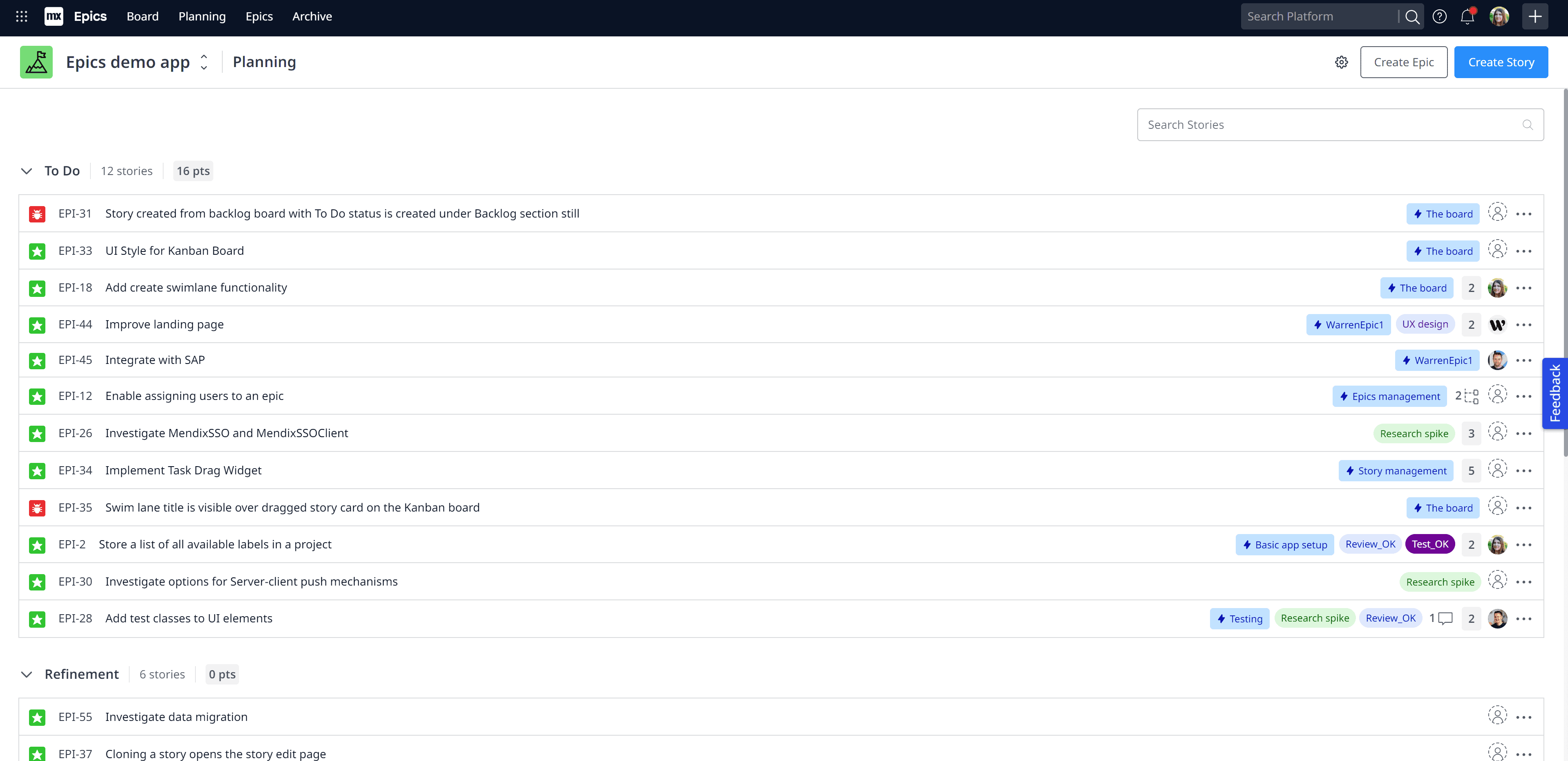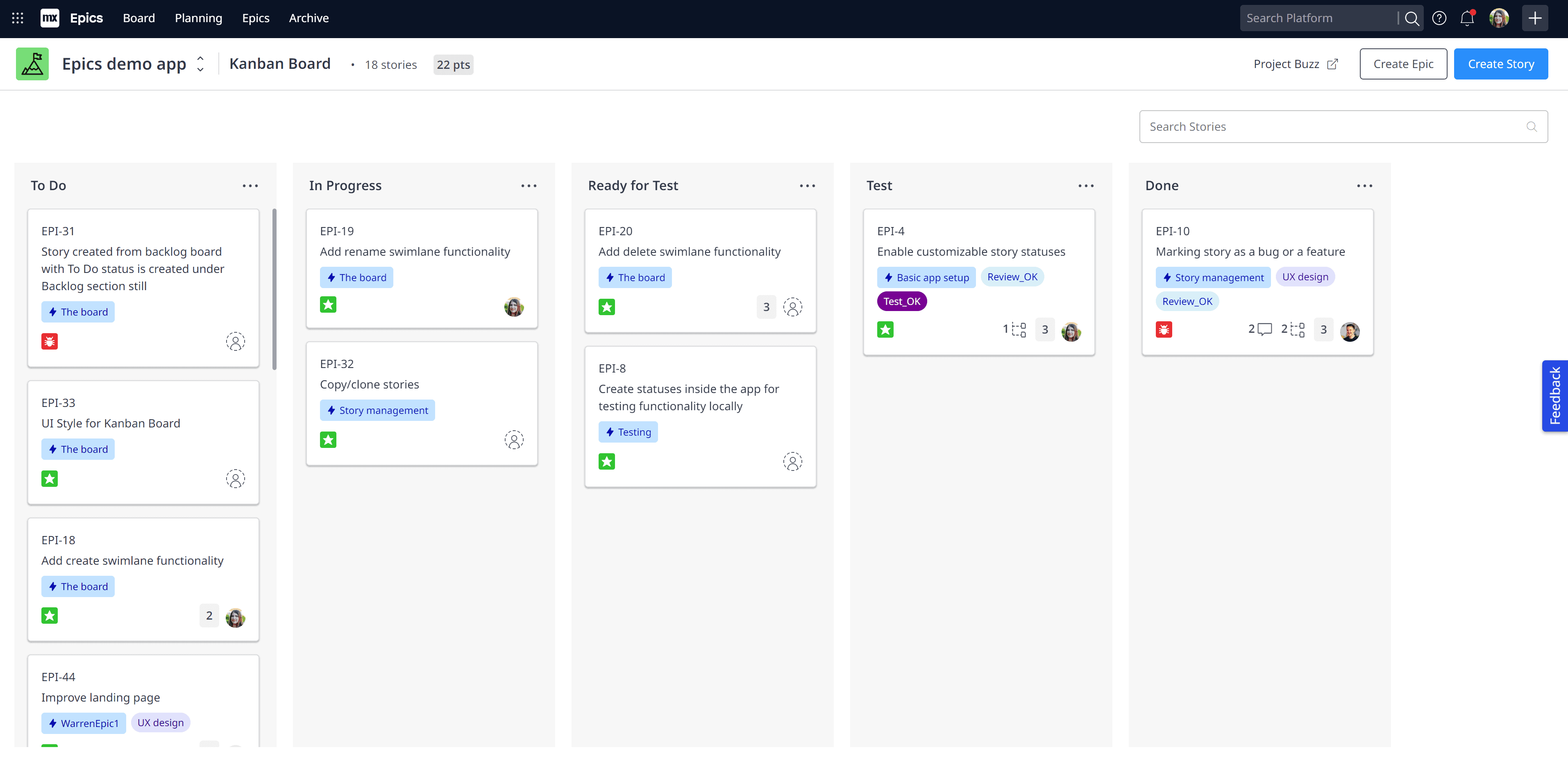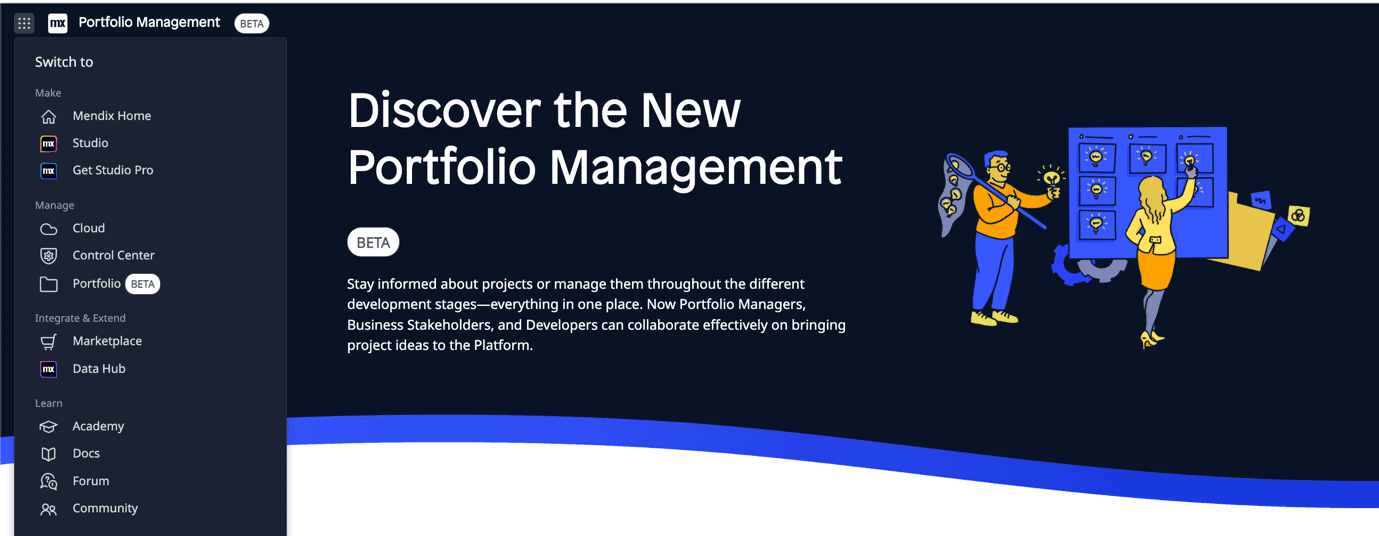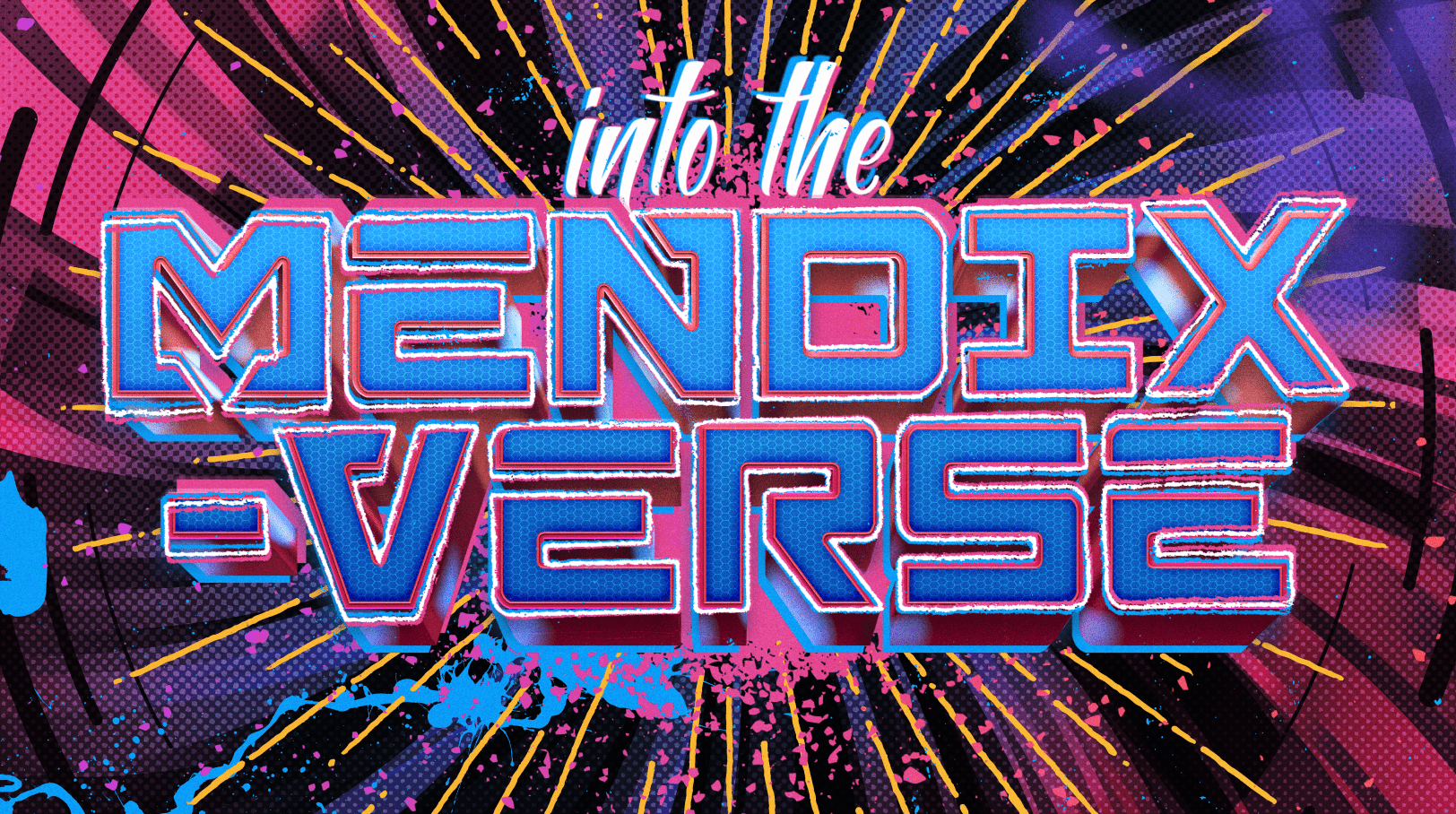Who are these masked heroes?
The first group you’ve got are your project team. This group can be quite wide-reaching as it’s not just the developers working on the project. It could include anyone from subject –matter experts to project managers to testers. Bringing these people together to communicate through the project lifecycle is a fundamental part of the process.
Next, there are your stakeholders. This community can be quite diverse and include people whose problem(s) you are setting out to solve, executive sponsors, portfolio managers, your actual clients, or anyone else who is invested in the success of your project.
Finally, there’s your target audience. The people you’re building the system for. It could be a public facing website, a business-to-business function, or an internal application. Whatever the case you’ve got a community waiting to receive your application.
Then, there’s the Mendix community. People out there who work with Mendix, for Mendix and alongside Mendix. Everyone from other developers to our partners at AWS, SAP, and so on. Having channels in place to communicate with these people can really drive a project to new levels and get you past roadblocks much more quickly than when you’re stuck on your own.
Utility belt
Your first steps into Mendix development will be with the team around you. Communication is key to a successful project and Mendix is there from the very beginning. When you first create your project, there is a place to invite others to collaborate, leave messages, and discuss what’s coming. Then, when you’re ready to get started, Epics comes along to help you plan.

You can find a blog with a more detailed breakdown of Epics here but broadly speaking, it is a planning tool that will allow you to map out epics, stories, and sprints, and then give you room to analyze and discuss them. There are also tools to review changes and share documentation. Of course, if you already use a tool like Jira or Azure DevOps then you can easily integrate this with your Mendix Project using our APIs.

Sponsors and cheerleaders
Once you start juggling multiple initiatives, effective management and prioritization becomes key. Enter Portfolio Management, our brand-new tool that helps you capture and manage all your digital initiatives in one overview. It provides portfolio managers, business stakeholders, and developers with everything they need to collaborate effectively in one place and bring project ideas to the Mendix Platform.
Portfolio Management helps you capture and manage projects — a project being a single important feature, whole apps, or even multiple apps. While Epics helps you with detailed app development planning, Portfolio Management provides the higher-level overview of all the initiatives running in your team, department or company. This tool is currently in beta, so if you would like to try it out, this is how you can access it:

Your stakeholders can take a birds-eye view in Portfolio Management, or join your project team in Epics. They can also be valuable sources of feedback, so don’t forget to involve them in the process as early as possible and if applicable, invite them to sprint reviews or demos.
The voice of the people
Tying the whole project together and connecting development with your testers and target audience is the Feedback Tool. This tool allows someone using the application in development or on a test server to take a screenshot of the application they’re using, highlight a change or a problem, and submit back to the project. Once it’s been submitted, it can then easily be turned into a bug or a feature request. This is a simple communication tool that helps focus feedback rather than it being spread over e-mail, Slack, Teams, or whichever communication platforms you use.
It’s also crucial to enable the feedback widget once the app is in production – that is by far the easiest way for your end users to tell you what they need and how you can improve their experience. Once you see how easy it is to receive feedback and turn it into user stories in Epics, it will feel like a true superpower – almost like you’re cheating a bit!
But you don’t have to wait for your users to come to you with feedback, you can also ask them directly. With our latest functionality called Mini Surveys, you can easily set up a few questions to ask your end users in the app itself. From simple app satisfaction ratings or learning more about what new features your users care about the most, to gathering feedback on a specific interaction, Mini Surveys can help you get the valuable information you need. This tool is currently in beta and can easily be accessed if you open you your app in Developer Portal.
League of Super Friends
In addition to tangible solutions to empower digital collaboration, Mendix has a large and growing global community of over 275,000 makers. With offices spread across the globe and a truly global workforce the sun never sets on the Mendix team.
For more technical problems then why not reach out to the Mendix development community? Populated with people who have been there, done that and, (if you collect enough community points), got the t-shirt, there are so many tips they’re willing to share! One of the places you can ask your question is on the Forum. Here people from the community and from Mendix will jump in to try and help, and you can hopefully pay it forward in the future and help others. Rarely is there something that comes up that hasn’t been discussed before. There’s also the ideas board where the community can request and vote for new features (dark mode is a recent successful candidate from the ideas board!).
Alternatively, why not join the Mendix Community slack channel? Here you’ll meet people who actively use the platform and discuss things ranging from amazing new things on the marketplace, to development issues, to random things they found on r/ProgrammerHumor.
Our community comes together in many other places too from blogging, to videos, Meetups and webinars! Find out more at our Community Hub.
Another string to the Mendix community bow is the marketplace. It’s not only full of Mendix supported content, but also community content as well – connectors, widgets, and templates created and maintained by our community. E.g. things like the Slack Connector, auto complete widget, and Timesheet Approval App template.
The community is actively encouraged to participate in the marketplace and work together to create and share solutions. After all, there’s no point in reinventing the wheel!
With great power comes a great community
Mendix has a thriving community with a vast array of tools to bring it all together allowing easy communication and collaboration between all four types of community; project team, stakeholders, end users and the wider Mendix community. We’ve assembled the superhero team, it’s up to you to pick and choose the tools you need, when to use them and how you engage!

